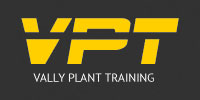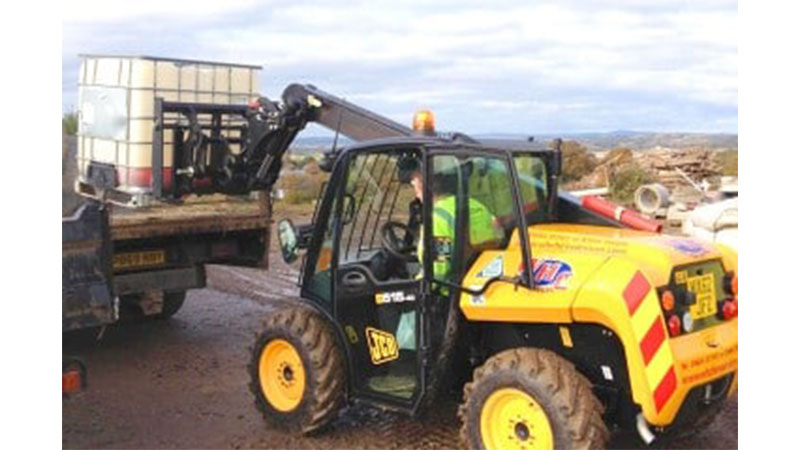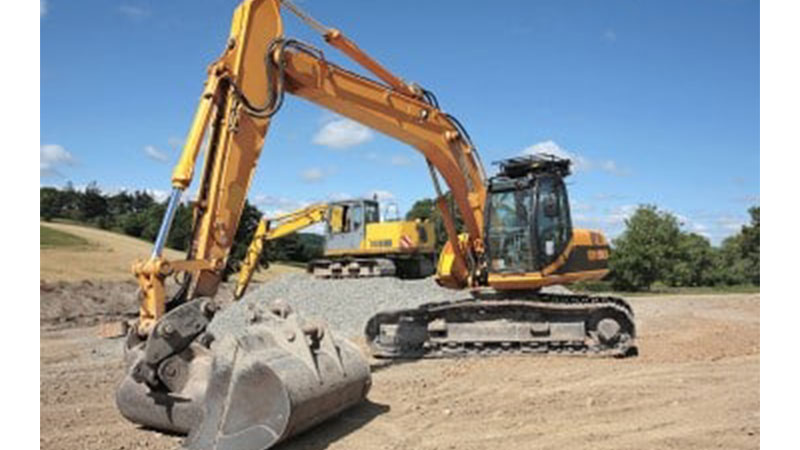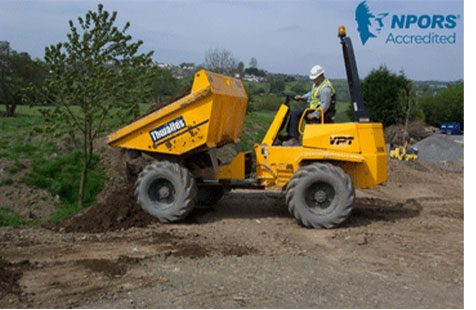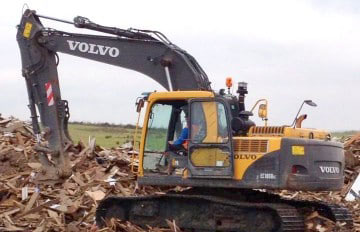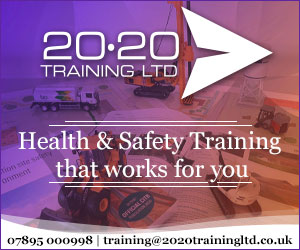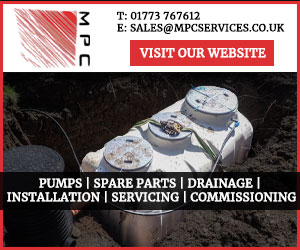Telephone
Click to view
Contact
Stephen Valentine
Email
Address
Unit B
Ashchurch
Ashchurch
Tewksbury
Midlands
GL20 7BE
About Vally Plant Training Slinger Signaller Training
Slinger Signaller Training £895.00
The aim of the NPORS Slinger Signaller Training is to provide both theoretical and practical training in the safe and efficient operation of slinging and moving loads using hand signals or radios Guided by the Lift Supervisor. On successful completion of the slinger course you will be issued with the NPORS Slinger Signaller trained identity card with or without the CSCS Logo
Slinger Signaller Training or testing can be carried out on your site nationwide or at our training centre in Gloucestershire
NPORS Slinger Signaller Test £320.00
NPORS Slinger Signaller Experienced Worker Test. This test is for operators who have received some form of training in the past or alternatively has been operating as a Slinger Signaller for a period of time. If you are unsure if you qualify to go down the test route please contact us to discuss this in more detail. This test is held at our test centre in Gloucestershire or at your site nationwide. Discounts are available for multiple bookings
Turn your Slinger Signaller red card to blue with our hassle free NVQ, for more information CLICK HERE
Slinger Signaller Course Contents:
A Slinger Signaller course typically covers a range of topics related to the safe operation of lifting equipment and the signalling procedures involved in crane and lifting operations. While specific course contents may vary depending on the training provider and the regulations of the region, here’s a general outline of what will be included:
1. Introduction to Lifting Operations:
Overview of lifting equipment and machinery.
Importance of safe lifting operations.
Legal and regulatory requirements for lifting operations, LOLLER, PUWER and BS 7121.
2. Roles and Responsibilities:
Duties of the slinger signaller.
Understanding the roles of other personnel involved in lifting operations (crane operator, banksman, etc.).
Importance of effective communication and coordination.
3. Health and Safety:
Risk assessment and hazard identification.
Personal protective equipment (PPE) requirements.
Safe working practices around lifting equipment and machinery.
4. Lifting Equipment and Accessories:
Types of lifting equipment (cranes, hoists, slings, etc.).
Inspection and maintenance requirements for lifting gear.
Proper selection and use of lifting accessories.
5. Signals and Communication:
Standard hand signals for crane operations.
Radio communication procedures.
Clear and effective communication techniques.
6. Load Identification and Weight Estimation:
Methods for identifying loads and determining their weights.
Estimating centre of gravity and load stability.
7. Slinging Techniques:
Types of slings and their applications.
Correct methods for attaching and securing loads.
Precautions for different types of loads (e.g., fragile, hazardous).
8. Lifting Operations Planning:
Pre-lift checks and planning considerations.
Site-specific factors affecting lifting operations (e.g., terrain, weather).
Emergency procedures and contingency planning.
9. Practical Exercises and Demonstrations:
Hands-on training with lifting equipment and machinery.
Practice sessions for signalling and communication.
Simulation of real-world lifting scenarios.
10. Assessment and Certification:
Written tests to assess theoretical knowledge.
Practical assessments of signalling and slinging skills.
Certification upon successful completion of the course.
 UK
UK Ireland
Ireland Scotland
Scotland London
London

